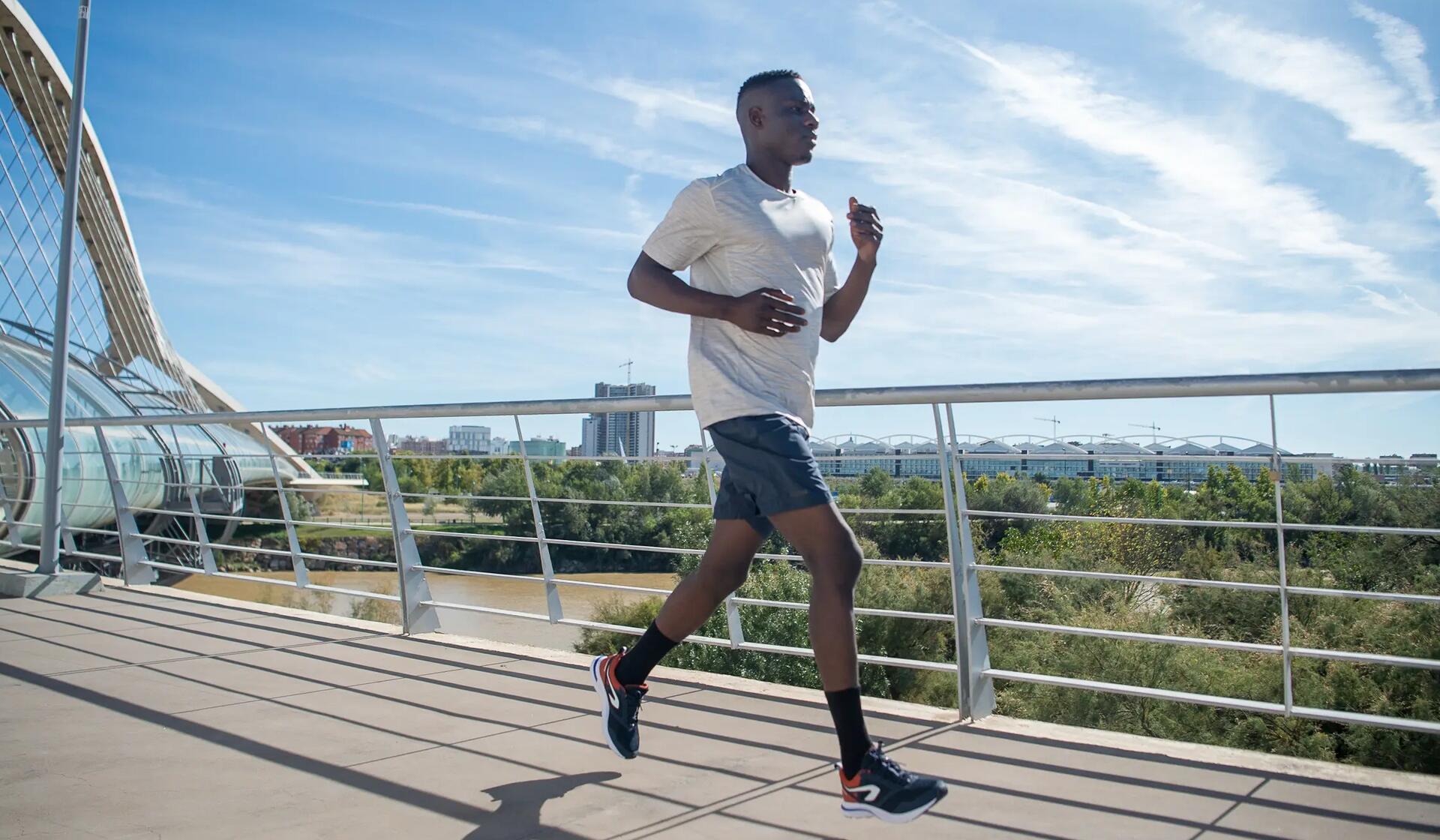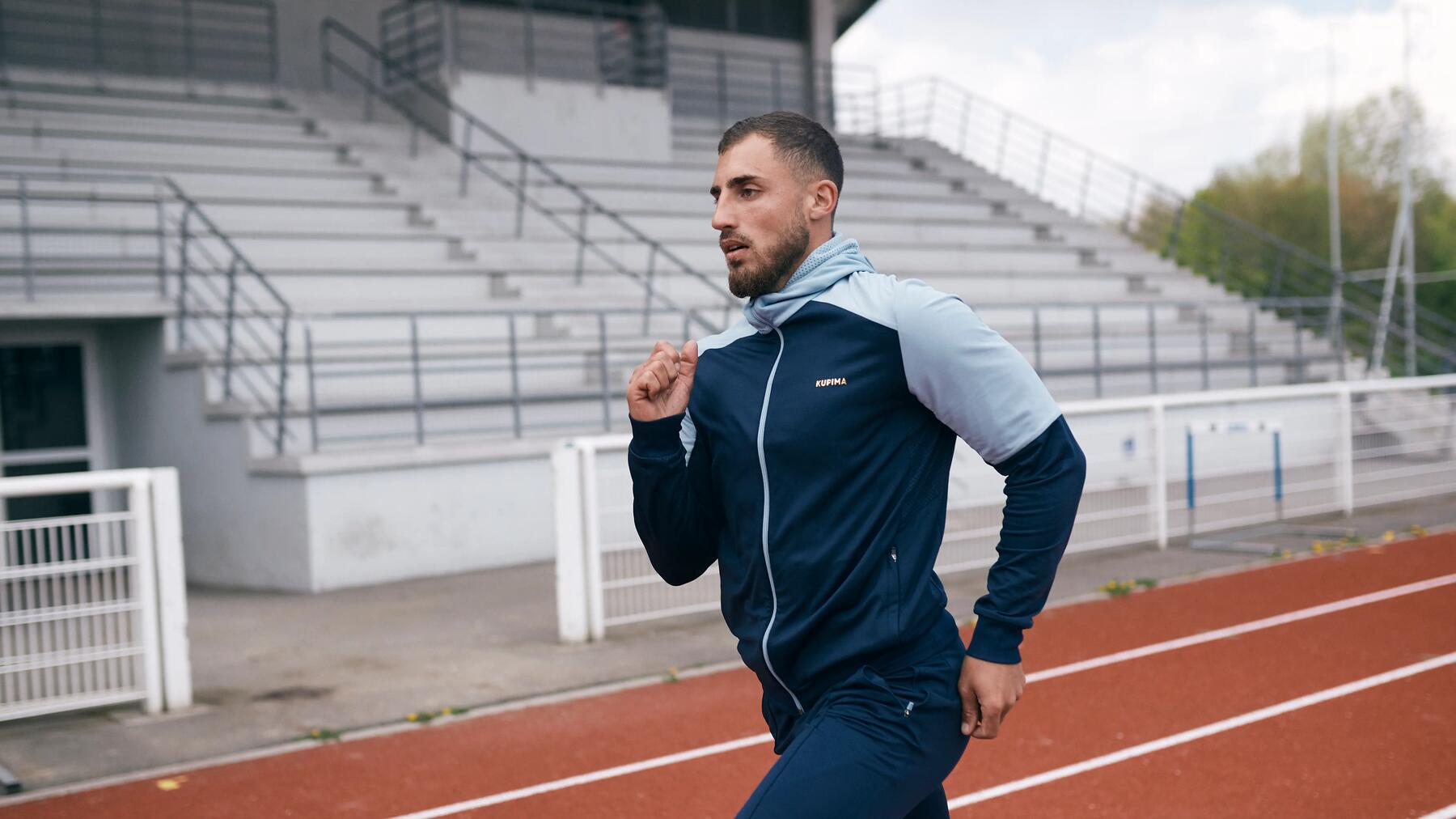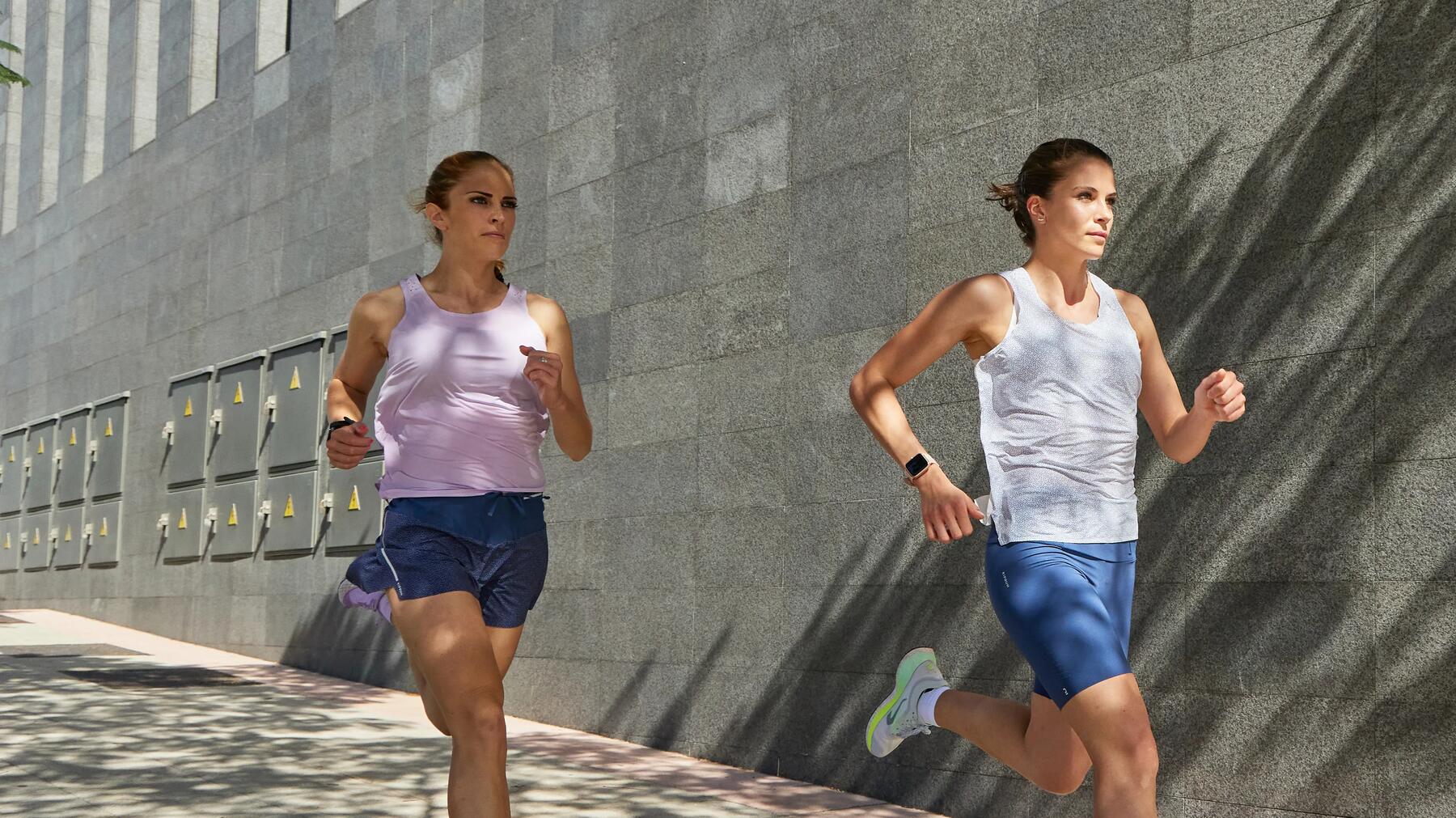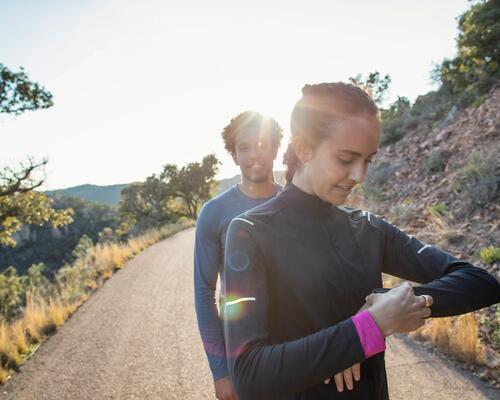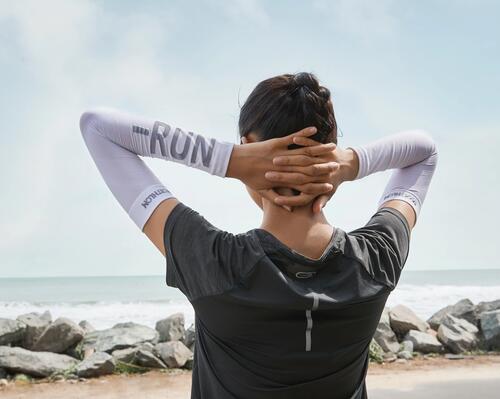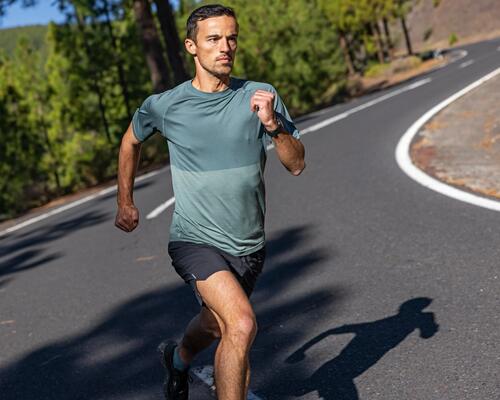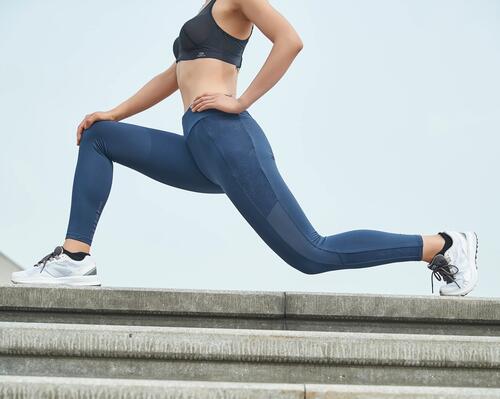Calculating your MAS can be useful for all runners
Basically, when it comes to running, if you go too fast, you risk injury, while if you go too slowly, you might lose motivation or get bored. By finding the right pace, you will feel more comfortable and be keen to carry on running.
For beginners, finding your pace can help you get a taste for running. If you are running at between 55 and 70% of your MAS, your body will be able to assimilate each session comfortably. It will recover quickly and you will be craving more!
If you are used to running, calculating your MAS will be an extra source of motivation, a point of reference you can rely on. Your MAS is your starting average speed, which you can improve through training.
It also helps you avoir overtraining. Running at over 75% of your MAS at each session is not a good idea. Since this pace causes fatigue, your body may struggle to recover. It is important to vary the type of session and do a recovery session at below 70% of MAS between intense sessions.

